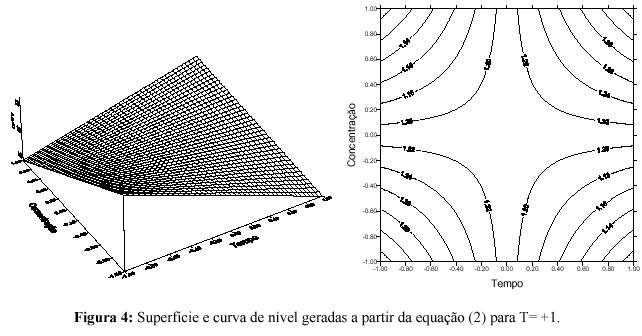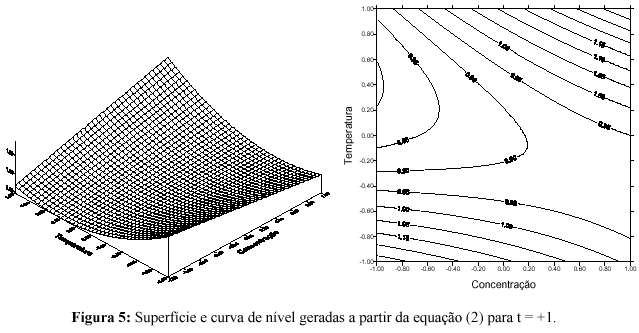The objective of this work was to investigate the influence of the sulfonic groups during insertion at commercial poly(ether imide), PEI, on the physicochemical properties of modified polymer, principally through the permeselectivity of protons or cations, quantified by ion-exchange capacity (IEC), water sorption (% H2O) and intrinsic viscosity ([eta]). These experimental data and model approach obtained from control (synthesis conditions) and physicochemical (CTI, % H2O e [eta]) parameters showed a good correlation with the sulfonated poly(ether imide), SPEI. The SPEI can be obtained without loss of mechanical and thermal stability, the main condiction to prepare flexible films with a promise at fuel cell application and other separation processes involving ion transport. The Polyetherimide (PEI) is a thermostable engineering polymer used as potential substitutes for commercial perfluorinated ionomers, Nafion™. The SPEI was obtained by dissolving the precursor polymer at the NMP and addition of acetyl sulfate, as sulfonated agents. The IEC values obtained by titration of sulfonic acid groups showed that all the polymers were effectively sulfonated. However, the variation at IEC degrees was observed as a function of temperature reaction, which also decreases the intrinsic viscosity of modified polymers. These results probably are due to the presence of secondary reactions that occur during the polymer sulfonation. The thermogravimetric analysis of original polymer showed a degradation temperature of backbone above 500ºC with only one weight loss, while the sulfonated poly(ether imide), PEIS, exhibit an additional weight loss in the range 200-250ºC, and can be attributed to desulfonation. Nevertheless, in comparison with commercial polymers the degradation temperature of PEIS still is high, which turns this polymer useful for applications involving ion transport.
Sulfonation; thermoresistant polymer; cation-exchange membranes








